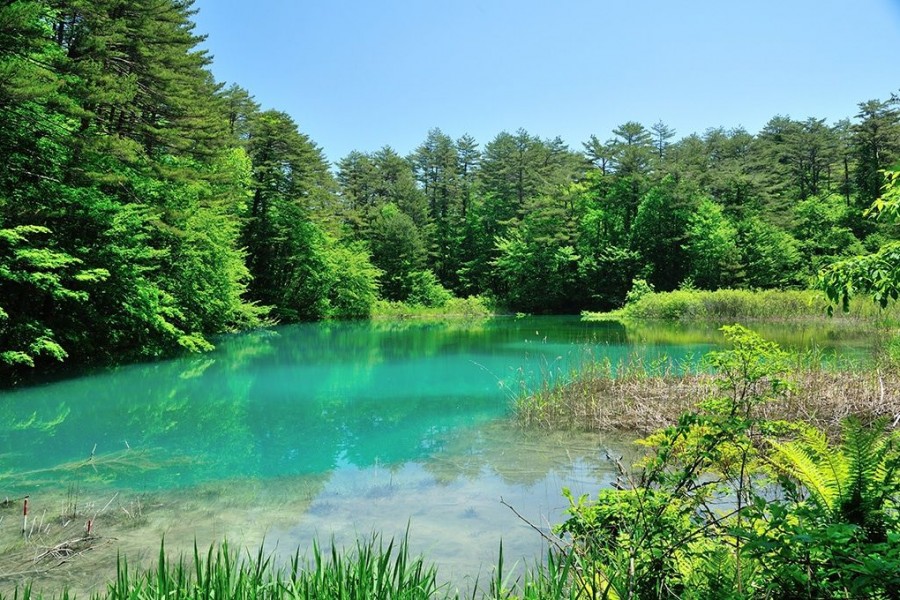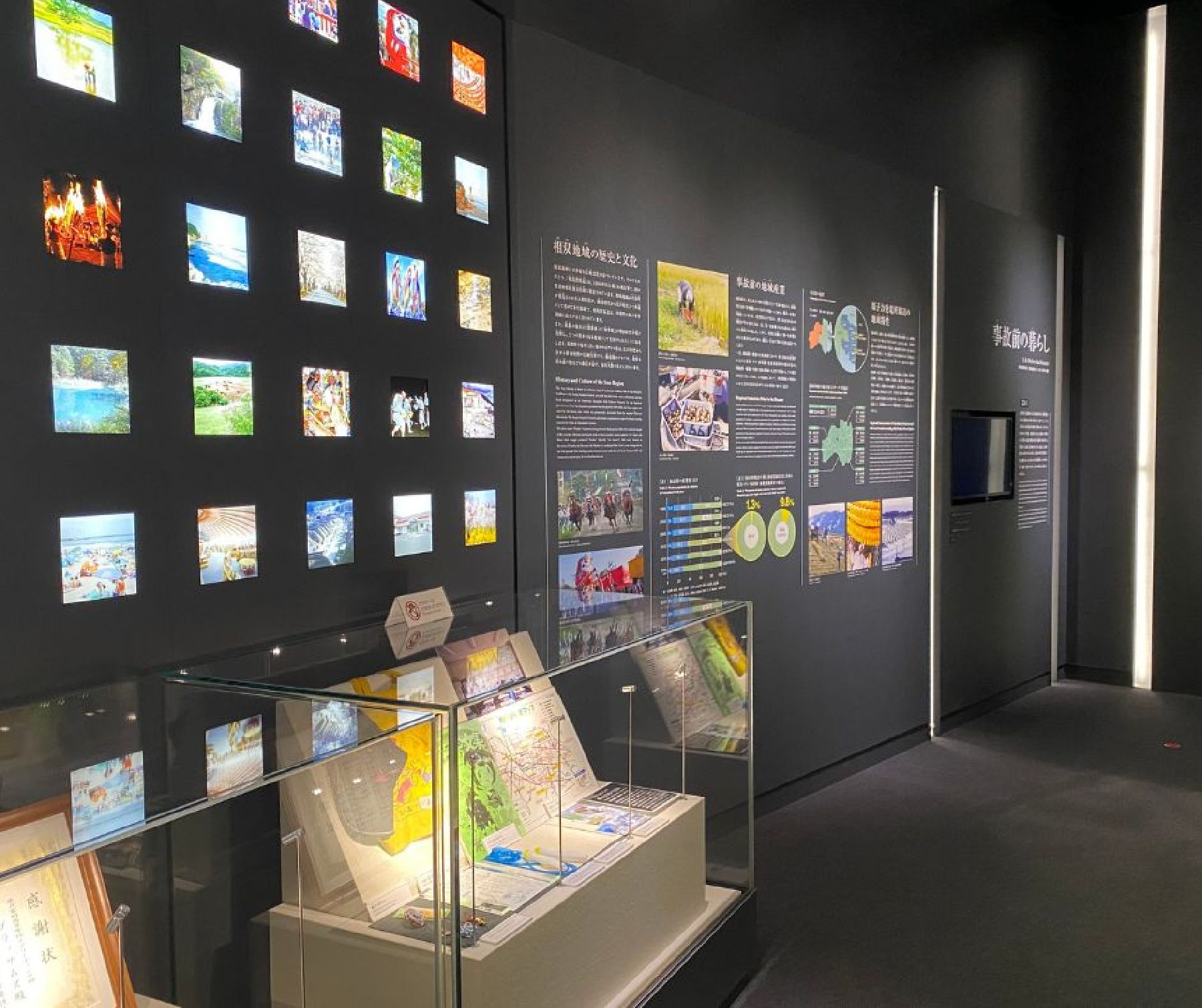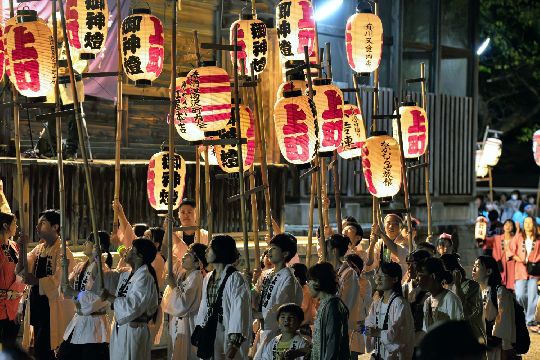
Aizu Festival
The 2025 Aizu Festival will take place on 19-21 September, 2025. Reservations are open to join the lords' parade as a samurai on Saturday 20th. Visit our booking page for more information.The Aizu Festival is the biggest event of the year for the historic Aizu region. The main feature of the festival is the Aizu Hanko Gyoretsu, a procession of Aizu Domain lords and samurai.Headed by flag-bearers holding the flags of the feudal lords of the Aizu Domain, the procession is attended by participants representing well-known feudal lords such as Lord Uesugi, Lord Hoshina, and Lord Matsudaira, and by groups of festival participants wearing garments and carrying tools associated with each of these lords.The 2024 festival was struck by bad weather, but the samurai spirit of the participants was undiminished. Each year, some 500 people parade through downtown Aizu-Wakamatsu in an event that magnificently recreates the world of samurai. Before the procession starts off, there is a kick-off ceremony at Tsurugajo Castle.Visitors can enjoy watching the sword dancing of the Byakkotai warriors and sword fight performances given by professional actors, with the castle keep of Tsurugajo in the background.Overseas visitors or Japan residents can also join the parade in samurai armour; for more details about joining the 2025 parade in September, please visit the booking site above.2025 Festival Schedule:19 September 2025 (Friday)18:00 - 18:30 Lantern parade: Local schoolchildren will walk from Tsurugajo Castle to Shinmei Street carrying lanterns.19:00 - 20:30 Aizu-Bandaiyama Mountain Dance: Held around the tower on Shinmei StreetMain day: 20 September 2025 (Saturday)09:55 Lord's Procession: The procession leaves from Tsurugajo Castle and carries on through the city, ending at roughly 1pm or 2pm.19:00 - 20:30 Aizu-Bandaiyama Mountain Dance: Held around the tower on Shinmei Street21 September 2025 (Sunday)10:00 Nisshinkan Children's Parade: Children march through the streets dressed as members of the legendary Byakkotai (White Tiger Corps) or Swords Corps.10:10 Drum and Flute Corps Parade: Students from around 20 elementary schools in the city perform with traditional drum and flute.

























